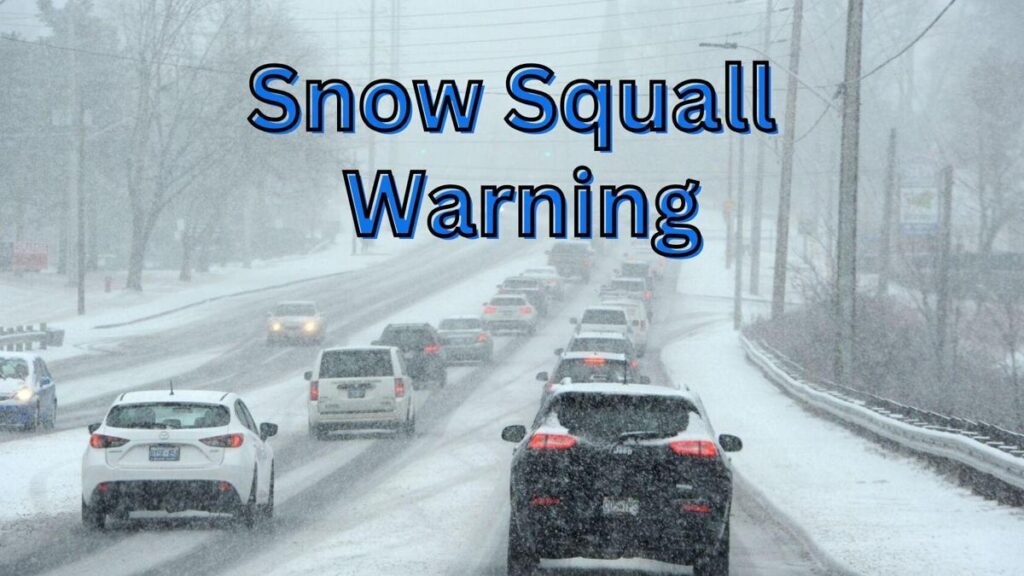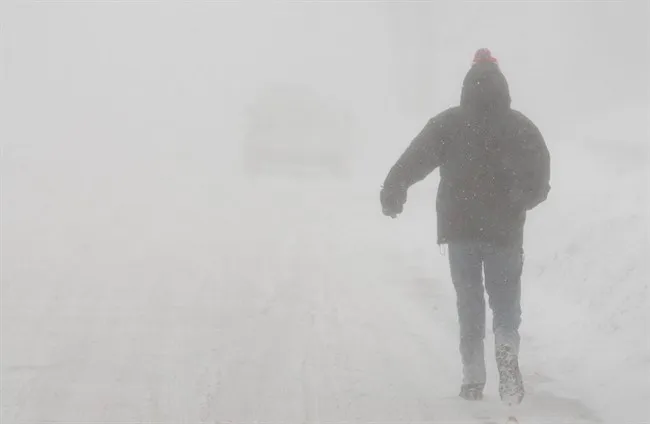Introduction: What is Snow Squall

Snow squall, the mysterious and intense winter weather events, are a captivating subject for weather enthusiasts. These brief but impactful occurrences bring a flurry of snow, transforming landscapes and challenging our understanding of nature. Snow squalls arise from the intricate dance between moist air and frigid temperatures. As these elements converge, clouds form rapidly, resulting in the sudden onset of heavy snowfall. The triggering factors behind this atmospheric ballet are as diverse as the landscapes they affect.
Table of Contents
Impact of Snow Squall on Travel

Navigating the Storm on Roads: Snow squalls pose significant challenges to road safety. Reduced visibility, icy surfaces, and unexpected weather changes make driving during a squall a perilous adventure. Air travel isn’t exempt either, with disruptions causing delays and diversions.
Safety Measures During Snow Squall
Guidelines for Safe Passage: Whether you’re behind the wheel or in the cockpit, safety measures during snow squalls are crucial. Drivers should reduce speed, maintain a safe following distance, and use headlights. Meanwhile, aviation protocols dictate altered flight paths and clear communication with air traffic control.
Famous Snow Squall Incidents
Learning from History: Examining historical snow squall incidents provides valuable insights. From unexpected squalls during major events to isolated incidents impacting transportation, these events offer lessons that communities can learn from.
- The Buffalo Snowpocalypse (2014)
- The Pennsylvania Turnpike Pileup (2020)
- Air Travel Disruption at Chicago O’Hare (2018)
- Snow Squalls on the Appalachian Trail
- Lake Effect Snow Squalls in Michigan
- Snow Squalls and Interstate Travel (Various Locations)
Anticipating Snow Squalls
The Meteorological Crystal Ball: Meteorologists employ various techniques, including radar and satellite imagery, to predict the onset of these conditions. With technology advancing, the accuracy of forecasting has improved, helping communities prepare for these weather phenomena.
Community Preparedness to Conquer Snow Squalls
Equipping for the Unexpected: Winter emergency kits and clear communication plans are crucial and essential for communities in snow-prone regions. Being prepared ensures residents can weather the storm and respond effectively to unforeseen challenges.
Common Myths About Snow Squalls
Dispelling Myths and Clarifying Facts: Addressing common misconceptions about this phenomenon is essential. By providing accurate information, we can enhance public understanding and appreciation for this natural winter phenomenon. Some of the misconceptions are:
Misconception 1: Snow Squalls Are Just Like Snowstorms
Clarification: While both involve snowfall, snow squalls differ significantly from snowstorms. Snowstorms are prolonged events that bring sustained and heavy snowfall, covering vast areas. In contrast, snow squalls are intense, brief bursts of snow, often associated with sudden weather changes.
Misconception 2: Snow Squalls Only Occur in Winter
Clarification: While snow squalls are more common in winter, they can occur in late autumn and early spring as well. These phenomena depend on specific atmospheric conditions rather than a specific season. Being aware of this fact helps individuals stay prepared for unexpected squalls.
Misconception 3: Snow Squalls Are Limited to Certain Geographic Areas
Clarification: While more prevalent in regions with cold climates, snow squalls can occur in various geographic areas. Bodies of water, especially lakes, can contribute to the formation of snow squalls. Understanding that no area is entirely immune helps in better preparation.
Misconception 4: Snow Squalls Are Always Accompanied by Cold Temperatures
Clarification: While snow squalls often occur in cold weather, they are not exclusively associated with freezing temperatures. In some cases, snow squalls can take place when slightly warmer air interacts with a cold front, leading to rapid snowfall even in milder conditions.
FAQs
- Are snow squalls dangerous for pedestrians?
- Yes, snow squalls can pose risks to pedestrians due to reduced visibility and slippery surfaces. It’s advisable to stay indoors during severe squalls.
- How can businesses prepare for snow squalls affecting operations?
- Businesses should have contingency plans, including remote work options, and ensure the safety of employees during snow squalls.
- Can snow squalls occur in any season?
- While more common in winter, snow squalls can occur in late autumn and early spring, depending on atmospheric conditions.
- Do snow squalls only occur in certain geographic areas?
- While more prevalent in regions with cold climates, snow squalls can occur in various geographic areas, especially near bodies of water.
- Is a snow squall the same as a snowstorm?
- No, a snow squall is a brief, intense snowfall, whereas a snowstorm is characterized by more prolonged periods of snow.

